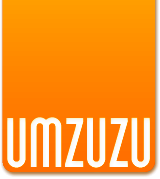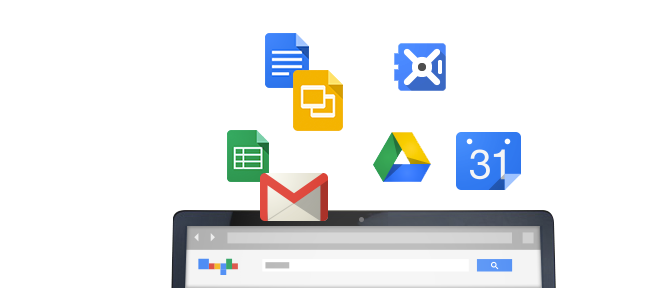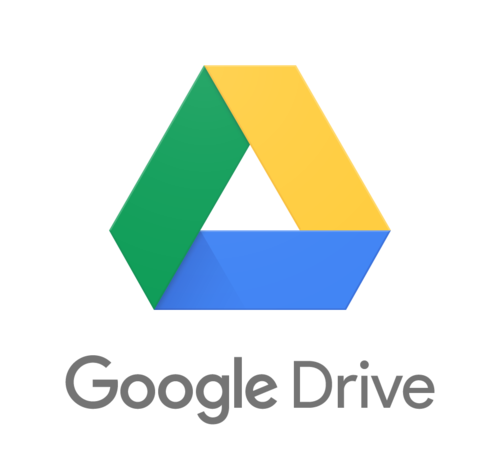NAS is cool
Network-attached storage (NAS) is a very cool technology. As a digital file storage system, it long reigned as king and was THE solution for corporate applications. It had a lot of great features, including:
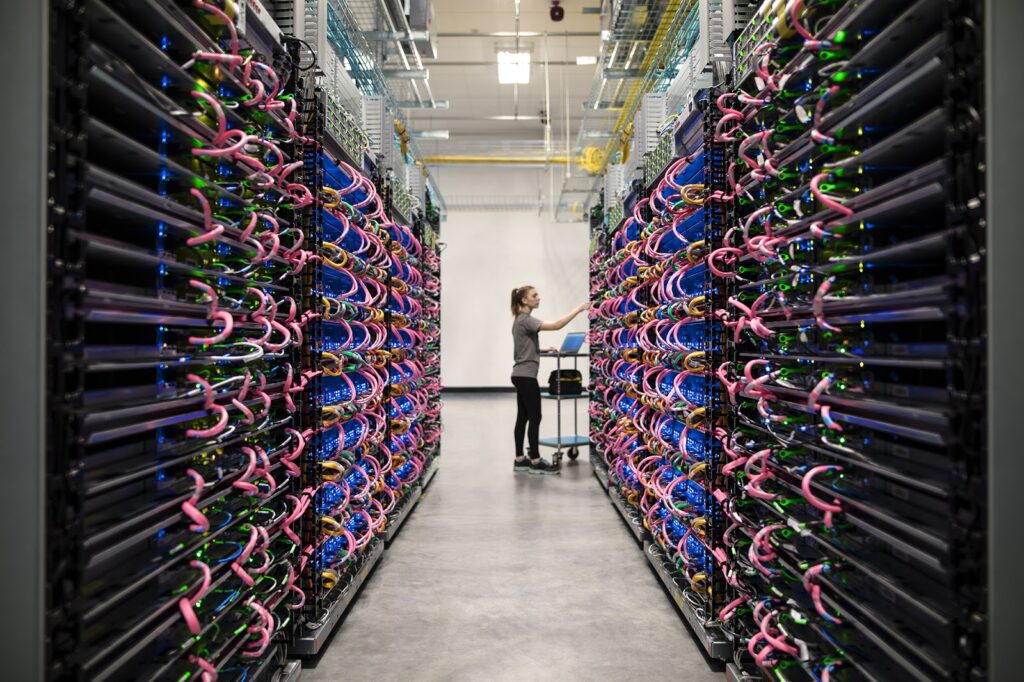
- Lots of storage
- Data protection via redundancy
- Automated backups
- Easy setup relative to a traditional on-premises server
We’ve always been fans of NAS. Until relatively recently, replacing a NAS with a cloud-based service like Google Drive, Dropbox Business or Egnyte was not an option in most instances.
However great it may be… NAS isn’t perfect.
- Your NAS requires your support – no one pats you on the back when it’s working but you’re very “popular” when it’s having issues
- On-premises infrastructure is 100% reliant on one physical location and network – natural disaster, human error, network issues can quickly render your NAS device useless
- Even the best backup strategy can take lots of time, energy, and money to implement – much less actually execute
- Remote access is a PITA for the typical user and very difficult to scale efficiently
NAS is cool tech. Cloud is better business
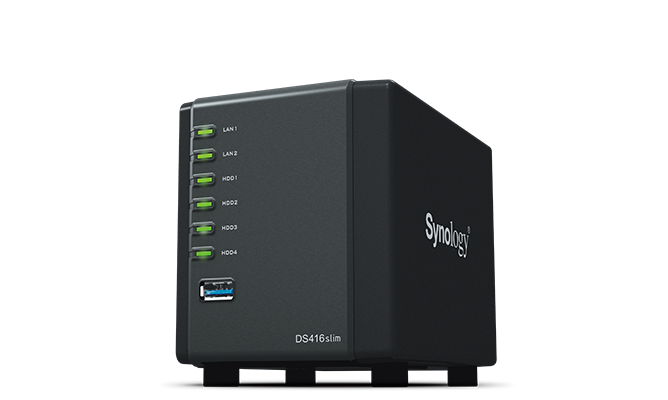
Modern Cloud Services offer all the benefits of NAS without the shortcomings. When contrasting a NAS to Google Drive or similar it’s helpful to think of the platform behind Drive – Google. How much time, effort, and support does it take to allow employees to use the Google.com search engine on any of their devices from any location? Not much. Of course this is an oversimplification as a file-share service is more complex specific to workflow and security – BUT as far as access goes, it’s pretty spot on. Modern Cloud Services deliver more services, to more employees, on more devices, in more places, more securely, with more redundancy – all at less cost. More for less.
Why now?
The past 24 months have brought critically important new capabilities to many cloud services. Google’s launch of File Stream is a perfect example. Prior to Drive File Stream, it was not possible to transition a file-share to Drive. Let’s say the file server is 500 GB and we have 50 employees. Before Drive File Stream, instead of working with 500 GB we’d be working with and continuously syncing 25,000 GB! That’s just not gonna work.
